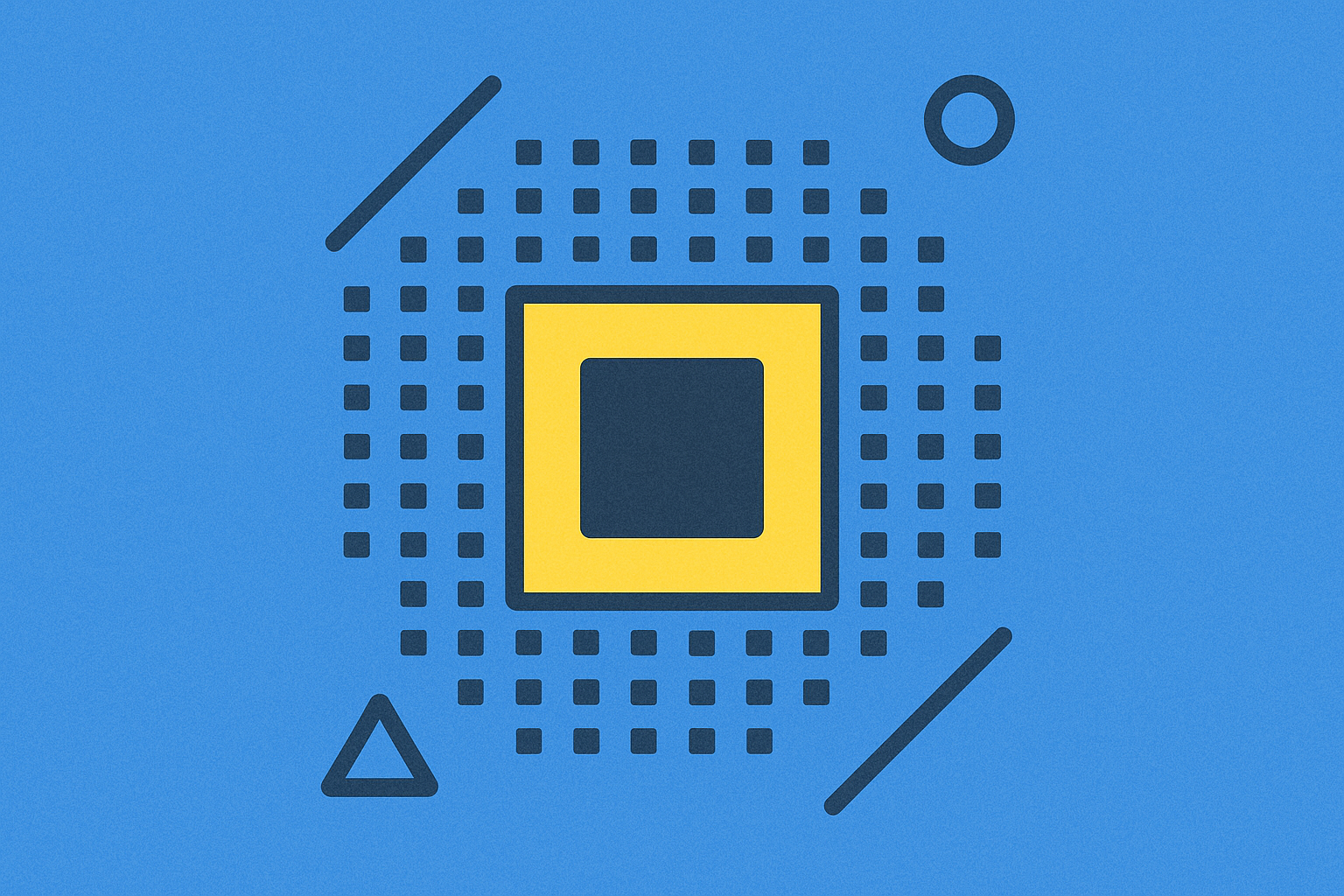what is central processing unit

The Central Processing Unit (CPU) is the core component of a computer system, often referred to as the "brain" of electronic devices. It's responsible for executing instructions in computer programs, performing data processing, logical operations, and input/output controls. Modern CPUs are typically integrated onto a single microprocessor chip containing millions or even billions of transistors capable of processing various complex calculations at extremely high speeds. In the cryptocurrency ecosystem, CPUs were the primary tools for mining early cryptocurrencies like Bitcoin, but as mining difficulty increased, most cryptocurrency networks have shifted to more specialized hardware.
Background: The Origin of Central Processing Unit
The concept of the central processing unit dates back to early computer systems in the 1940s. In 1945, John von Neumann proposed the stored-program computer design, establishing the foundation for modern CPU architecture. The first practical CPU was the Intel 4004 microprocessor, released in 1971, which had 2,300 transistors and ran at 740kHz.
As technology progressed, CPUs evolved from single-core to multi-core designs, and from Complex Instruction Set Computing (CISC) to Reduced Instruction Set Computing (RISC). In the cryptocurrency domain, when the Bitcoin network launched in 2009, mining could be effectively performed on ordinary home computer CPUs. However, as network hashrates grew, CPU mining was quickly superseded by GPUs, FPGAs, and eventually ASIC miners.
Nevertheless, certain cryptocurrency projects based on CPU-friendly algorithms (like Monero) still strive to maintain adaptability to CPU mining to preserve network decentralization.
Work Mechanism: How Central Processing Unit Works
The basic workflow of a CPU follows the "fetch-decode-execute" cycle:
- The Control Unit (CU) fetches instructions from memory
- Instructions are decoded to determine required operations
- The Arithmetic Logic Unit (ALU) performs computational operations
- Results are stored back in memory or registers
Modern CPU architectures include several key components:
- Cores: The main processing units that execute computations, with modern CPUs typically having multiple cores
- Cache: Hierarchical high-speed memory (L1, L2, L3 cache) that stores frequently accessed data
- Registers: Ultra-fast temporary storage locations within the CPU
- Bus: Data pathways connecting the CPU with other system components
For cryptocurrency mining, a CPU's ability to process hashing algorithms directly affects a miner's efficiency. The SHA-256 algorithm used by Bitcoin can compute approximately 10-50 MH/s (million hashes) on modern CPUs, while specialized ASIC devices can achieve tens of TH/s (trillion hashes), representing an efficiency gap of over a million times. Some emerging cryptocurrencies using algorithms like RandomX employ memory-hardened designs that favor CPUs, making them still competitive in mining.
Future Outlook: Development Trends for Central Processing Unit
CPU technology is evolving along several key directions:
- Quantum computing integration: Research into combining quantum computing elements with traditional CPUs could fundamentally alter cryptocurrency security models
- Dedicated AI processing cores: Processing units optimized for machine learning and artificial intelligence are becoming standard
- Heterogeneous computing: Collaborative working models between CPUs and specialized processors like GPUs and TPUs are increasingly common
- 3D stacking technology: Vertical stacking of transistor layers to improve performance while reducing energy consumption
In the blockchain and cryptocurrency domains, the CPU's role is transforming. While no longer the mainstream mining hardware, CPUs remain crucial in several areas:
- Node operation: Validation nodes that maintain complete blockchain copies typically run on general-purpose CPUs
- Smart contract execution: Processing complex logic for decentralized applications
- Zero-knowledge proof calculations: Complex cryptographic operations supporting privacy-preserving transactions
- Consensus mechanisms: Many Proof of Stake (PoS) networks heavily rely on CPU computing power rather than specialized mining hardware
As blockchain technology transitions toward more efficient and environmentally friendly consensus mechanisms, CPUs may regain their important position in the crypto ecosystem.
As the core component of modern computing infrastructure, the central processing unit plays an indispensable role in the development of cryptocurrencies and blockchain technology. Although surpassed by specialized hardware in the mining race, the CPU's general-purpose computing capabilities make it essential for blockchain network operation, smart contract execution, and implementation of new consensus mechanisms. With developments in quantum computing, AI acceleration, and novel architectures, CPUs will continue to evolve to meet changing computational demands, including supporting next-generation blockchain applications and cryptographic solutions. Understanding the working principles and development trends of CPUs is significant for grasping the future direction of cryptographic technologies.
Share
Related Articles

Blockchain Profitability & Issuance - Does It Matter?

In-depth Analysis of API3: Unleashing the Oracle Market Disruptor with OVM
